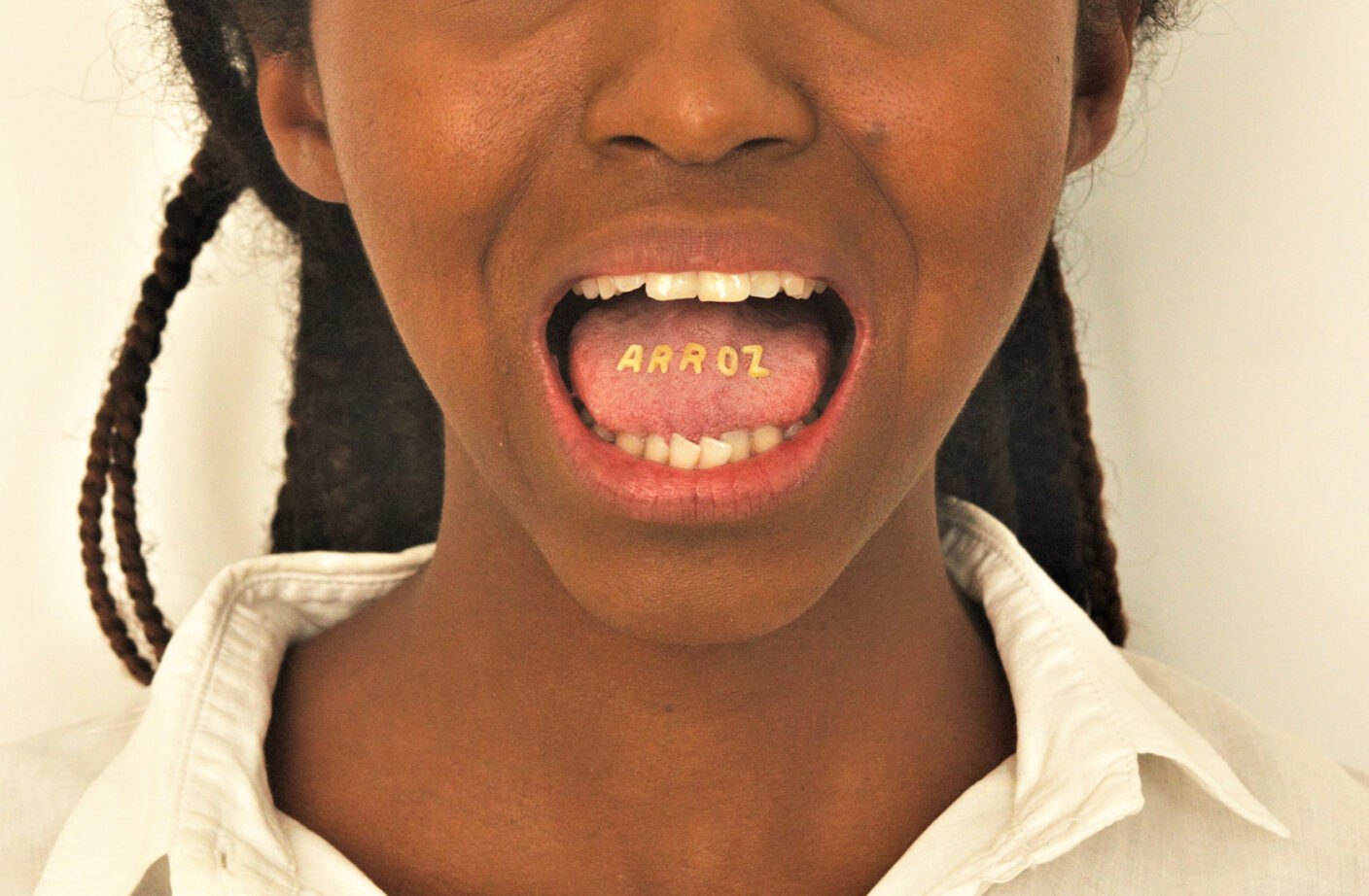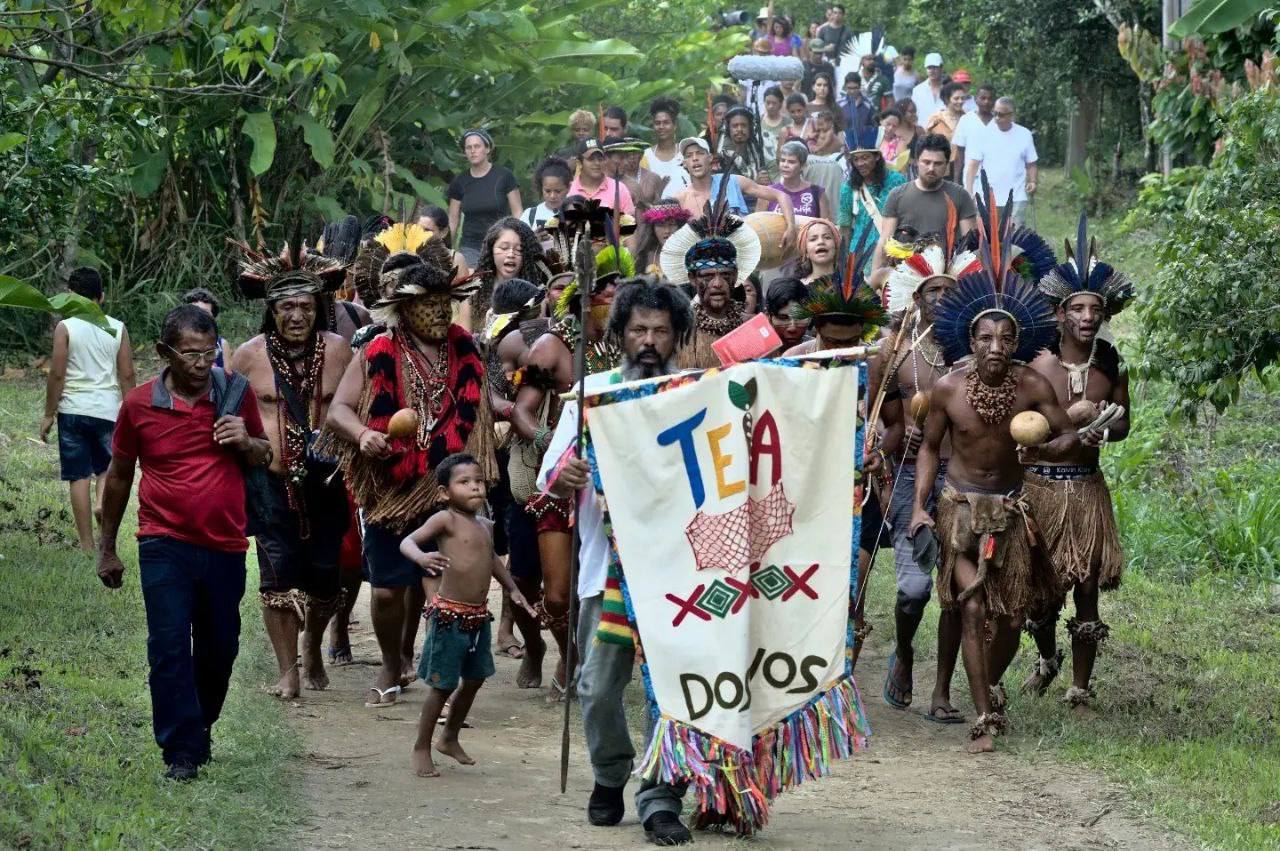Art and Education in the Exhibition ‘PretAtitude: Emergencies, Insurgencies and Affirmations’
07/06/2023
Leia este artigo em português aqui.
The objective of this text is to present a critical review of the educational advisory process for the exhibition PretAtitude: Emergências, insurgências e afirmações [...] based on contemporary Afro-Brazilian art, the exhibition focused on themes such as memory, identities, and ancestry. The purpose of the advisory was to provide the teaching staff [...] with the most varied theoretical and practical content so that they could develop their educational activities with the broadest possible repertoire.
In recent decades, museums have been reformulating themselves all over the world. They are questioning the bases of their collections, the concepts that guide their exhibitions, social communication, the role of educators, the public they serve, and so on. These changes respond to not only trends and conflicts in the field of contemporary art and culture but also to the emergence of new social issues, or even old ones that now have political strength and repercussions in the daily life of these institutions, such as the debates on identities, gender, and race. Thus, the postulates of a potentially colonial elitist institution, organized in its origin from references and symbols chosen by an elite and its organic intellectuals—especially considering the colonial matrix of an essentially unequal society such as the Brazilian one—go through a 360-degree turn, enabling a meaningful discussion on the social and political role of museums. These new paths represent a debate in the symbolic field on the senses and meanings of history, art, and culture.
In this context, the objective of this text is to present a critical review of the educational advisory process for the exhibition PretAtitude: Emergências, insurgências e afirmações [PretAtitude: Emergencies, Insurgencies and Affirmations] at Sesc São Carlos. Curated by Claudinei Roberto da Silva and based on contemporary Afro-Brazilian art, the exhibition focused on themes such as memory, identities, and ancestry. The purpose of the advisory was to provide the teaching staff (interns and art educators) with the most varied theoretical and practical content so that they could develop their educational activities with the broadest possible repertoire. In other words, the initial challenge was to work on the curatorial proposal, on what the exhibition proposed from its collection, and on its possible unfoldments to attend to the diverse audiences that would visit the show.
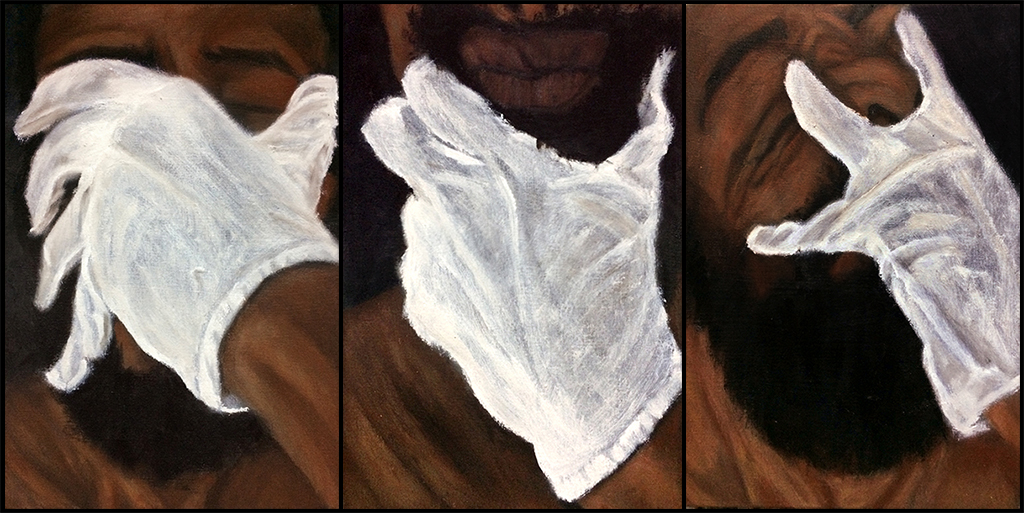
PretAtitude: Emergências, Insurgências e Afirmações: Curating an Exhibition from a Critical Perspective.
The exhibition PretAtitude: Emergências, insurgências e afirmações na arte afro-brasileira contemporânea [PretAtitude: Emergencies, Insurgencies and Affirmations in Contemporary Afro-Brazilian Art] opened in February 2018 at Sesc Ribeirão Preto,1 and had four more stagings at Sesc units in the state of São Paulo: São Carlos, Santos, Vila Mariana2 (São Paulo, Capital), and São José do Rio Preto. Altogether, it had five iterations over three years.
Throughout this process, the exhibition brought together works by more than 20 black Brazilian artists of different generations, both renowned and emerging, in the art circuit of the country and abroad. Names such as Aline Motta, André Ricardo, Betto Souza, Erick "CK" Martinelli, Eneida Sanches, Janaina Barros, Juliana dos Santos, Laércio, Lidia Lisboa, Luiz 83, Marcelo D'Salete, Marcio Marianno, No Martins, Peter de Brito, Rosana Paulino, Santídio Pereira, Sérgio Adriano, Sidney Amaral, Wagner Celestino, and Washington Silveira, among others, integrated the exhibition. The material supports used by these artists in their works are diverse, such as photography, drawing, painting, etching, sculpture, and graphic novels.
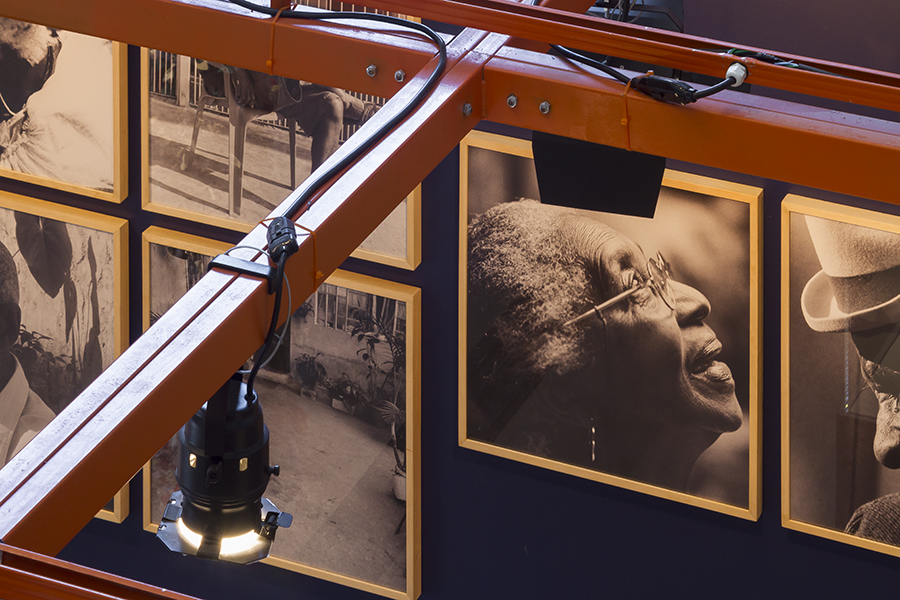
PretAtitude was an exhibition conceived and staged by artist and educator Claudinei Roberto da Silva, born in 1963 in the city of São Paulo, where he currently lives and works. Claudinei Roberto studied Visual Arts at the Art Department at the University of São Paulo. As a curator, he has curated exhibitions such as Sidney Amaral's O Banzo, o amor e a Cozinha; the 1st Funarte award for black artists and curators at Museu Afro Brasil; the 13th Naïfs Biennial of Brazil at Sesc Piracicaba, among others. He was also guest curator for the project “MAC USP Curatorial Research Processes – Critical Curatorship and Decolonial Studies in Visual Arts: African Diasporas in the Americas.” As an art educator, he coordinated the Educational Nucleus of the Museu Afro Brasil, among others. In this institution, he was the pedagogical artistic coordinator of the project A Journey through African Diaspora of the American Alliance of Museums in partnership with the Museu Afro Brasil and the Prince George’s African American Museum. In addition, he is a member of the curatorial board of the Museu de Arte Moderna de São Paulo. As an artist, some of his works are in the National Museum of Afro-Brazilian Culture MUNCAB collection in Salvador, Bahia.
This artistic and pedagogical experience before the exhibition endorsed the proposal of Claudinei Roberto for PretAtitude, especially his work at the Museu Afro Brasil. We propose the hypothesis that there is an influence of the curatorial treatment of Emanoel Araújo—the creator and curator of the Museu Afro Brasil—with whom Claudinei Roberto worked directly. Emanoel Araújo is a pivotal name in the history of art in Brazil. He established a rereading of Brazilian artistic history through his curatorial and research work. To achieve this, he mobilized the concept of mão afro brasileira [Afro-Brazilian hand]. The term alludes to the Afro-Brazilian contribution to the realization of art in the country, based on a broad and precise panorama of the participation of Afro-descendants in Brazilian art from colonial times to the present day.4 Using this analysis and this concept, Claudinei worked to emphasize the contemporary Afro-Brazilian production, updating the notion of the Afro-Brazilian hand.
Perhaps for this reason, the exhibition succeeded in mobilizing civil society and the artistic community, generating questions for specialized art criticism. One of the most relevant texts written about the exhibit was the review by Tadeu Chiarelli, published in Arte!Brasileiros magazine. It highlighted important aspects of Claudinei Roberto's curatorship, such as the fact that “PretAtitude overcomes any expographic problem, to the extent that it successfully achieves its main objective: to mark the profound diversity of paths presented today by Afro-descendant production in São Paulo (most of the artists presented were born or live in the city or the state).”5
Designing the Educational Program: Defining the Conceptual and Practical Lines, and Its Structuring Actions
Based on a general study of the exhibition content, a training session for the educational team was held before the opening. The purpose was to align general concepts of the educational work, such as ‘mediation,’ ‘reading of images and works,’ and ‘educational action’ in art exhibitions. On the other hand, wider contents, such as the ‘curatorial conception’ and ‘expography,’ were also presented to the team, aligning them with the debate on race relations, African and Afro-Brazilian art, classic exhibitions on the subject, etc.
In the field of educational work, we addressed contents such as the 'triangular approach in the teaching of arts and visual cultures' proposed by professor Ana Mae Barbosa;6 ‘education as a practice of freedom,’ following in the footsteps of philosopher Paulo Freire;7 the concept of ‘education’ in the Museu Afro Brasil, as discussed by educator Ana Lucia Lopes.8 Now, regarding the very discussion on the matter of Afro-Brazilian art, the debate was permeated by the reflections of Manuel Carneiro da Cunha9 and Emanoel Araújo10.
Based on a more detailed study of the artists, the works, and the collection, a set of possible “poetic lines” was proposed to the team to establish pedagogical resources throughout the exhibition, also considering the demands of the audiences, such as age groups and/or social markers of inequality (race, class, gender, etc.), as well as more specific demands, for instance, contents developed in the classroom that dialogue with elements of the exhibition collection. For this stage, an integration between the previous discussions and the involvement of the public service was presupposed. Resources such as exercises designed by the advisor were the working tools for this. One of such exercises departed from selected materials from an anthology of support texts picked by the advisor, followed by a visit to the exhibition. The educators were to choose two works/two artists that, for them, dialogued with each other (visually, formally, conceptually); then, the educators had to do the exercise of describing the works. After that, they were asked to read some of the texts indicated in the support materials and to establish possible relationships between the issues raised by the texts and the works they had picked. Finally, based on the texts read and the description of the works, the educators were asked to build a narrative line that proposed a reading of the works.
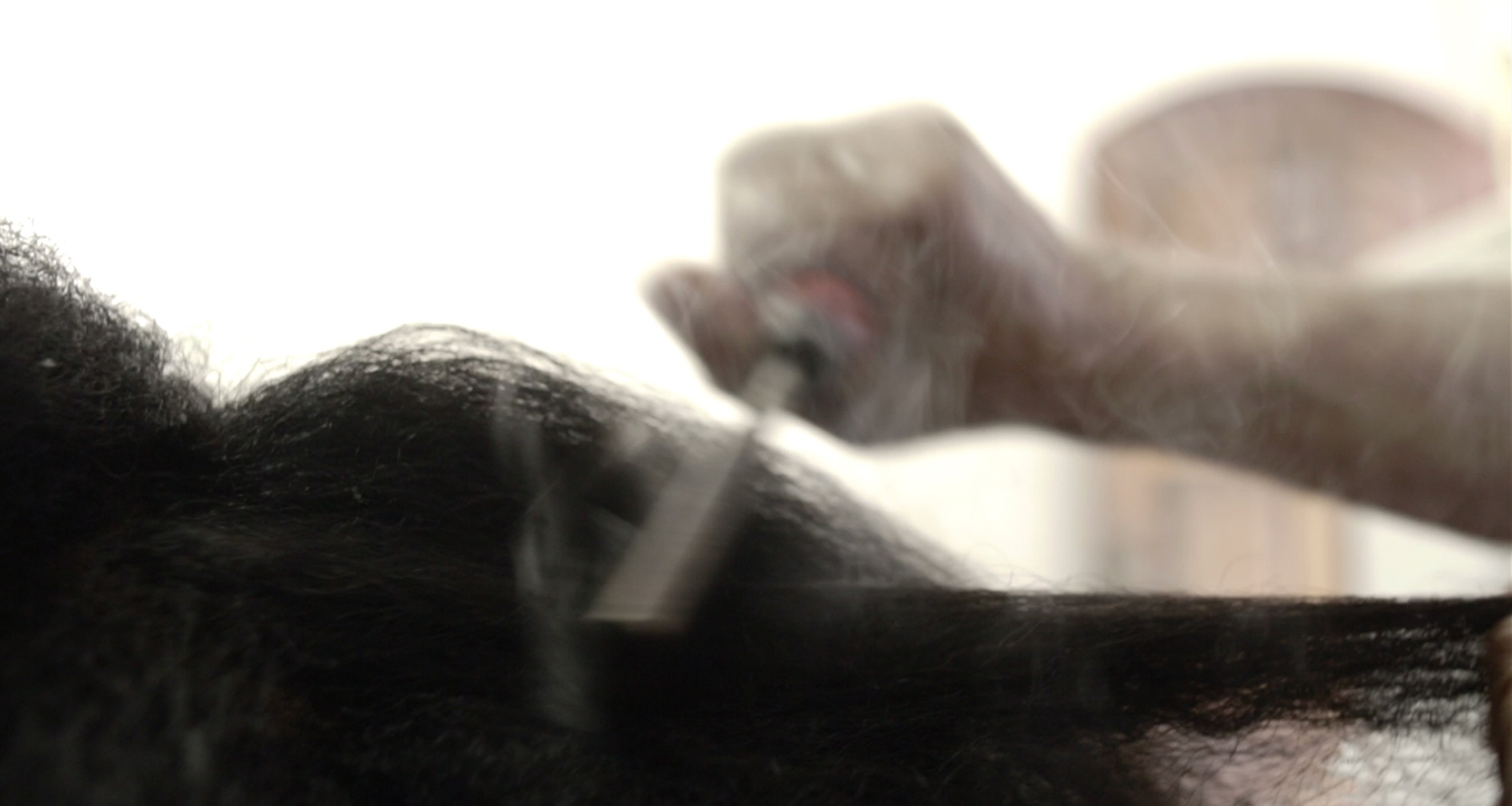



Throughout the exhibition, as the need arose to develop routes, workshops, and other educational activities to attend to the requests from the visiting groups, the education team supervised the design of these activities. Therefore, thematic route maps and workshops related to topics such as gender debate or dates such as Black Awareness Day, implied monitoring, problematizing, and assessing these proposals. As an extension of the previous training, the educational advisory proposed continuous training for the education team to provide a space of continuity in access to relevant topics for the pedagogical work in art exhibitions. Topics such as accessibility in cultural spaces were favored. In addition, specific issues that supported the educational work of the exhibition were also addressed, such as the historiography of slavery in Brazil and the United States.
As for the monitoring of the team, periodic meetings were a space for listening and welcoming the daily situations arising from an exhibition whose framework is the issue of race relations, which in Brazil has increasingly revealed itself as a field of conflict, thus requiring further mediation.
Final Considerations
From the final considerations, the general aspects of the advisory process will be presented from an argumentative reference axis. The discourse outlined by the curator of the exhibition on the general dispositions that characterize PretAtitude: Emergencies, Insurgencies and Affirmations, and, along this line, what are the desirable predicates for professionals to act with an ethical-political commitment regarding the underlying frameworks of this proposal. For him, the exhibition requires that educators not only know the canons of contemporary art but also have a deep knowledge of different and diverse areas, such as history, geography, philosophy, politics, and arts.
In translating this statement, its historical counterpart refers to the issue of race relations in Brazil, its origins and metamorphoses, its breadth and facticity. Thus, contemporary Afro-Brazilian art is ultimately determined by structural and institutional racism, which are inseparable phenomena from the history of the country. In this sense, by analyzing the social function of art in Brazil, it is possible to evaluate to what extent the artists of this region, in various periods, contributed with their art to a better understanding of the characteristics of society through aesthetic and analytical proposals that often surpassed the contributions of social sciences on this same subject. Thus, the polysemy of form gave rise to contents undervalued by national interpreters. Here, the social function of art was not only to elevate the spirituality of its own, allowing catharsis in the visitors or their estrangement. Its function was also to produce identity, acknowledgment, and becoming. This was the social role of the PretAtitude exhibition: to contribute not only to unveiling racism in Brazil but also to point out possibilities.
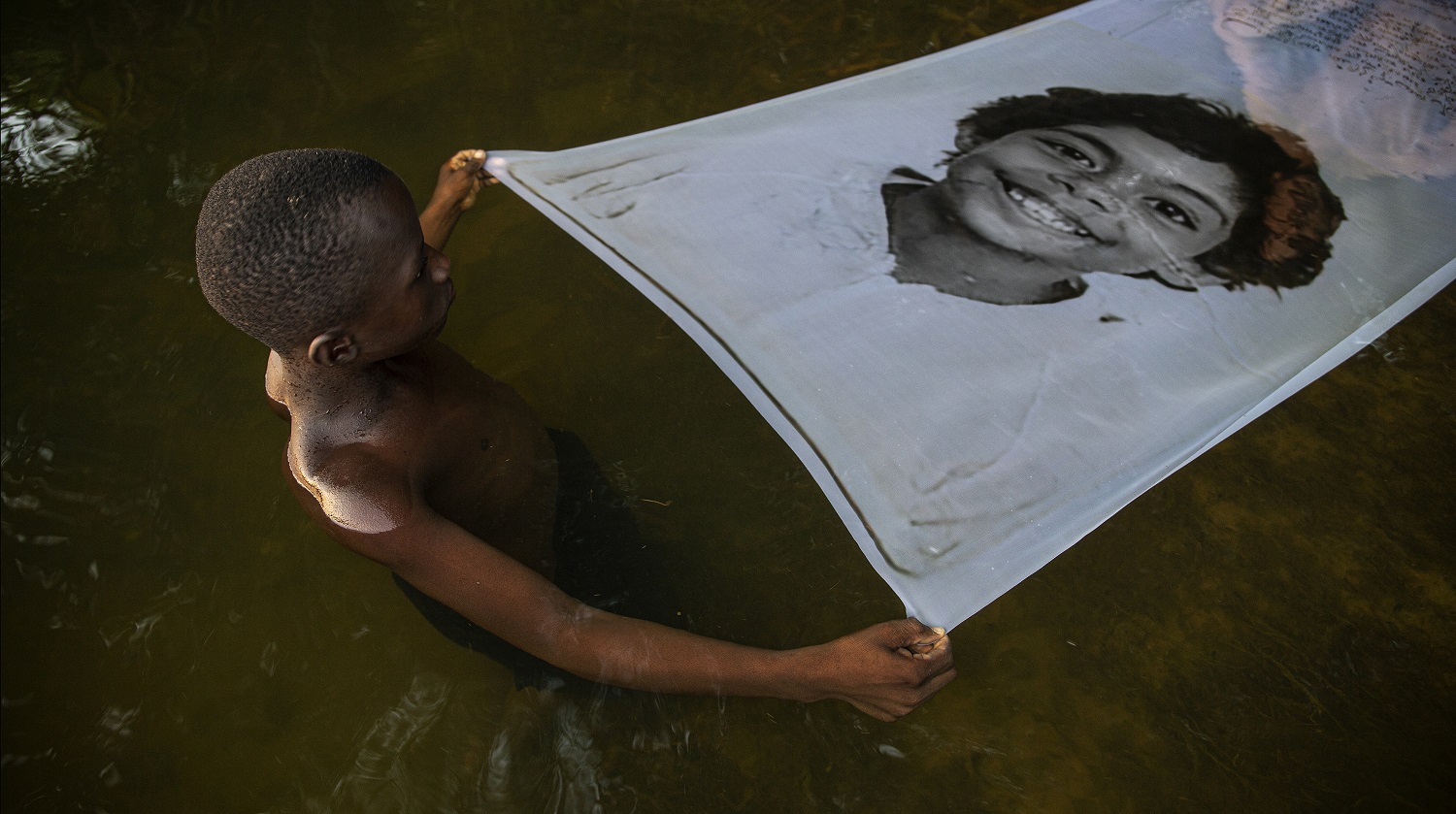

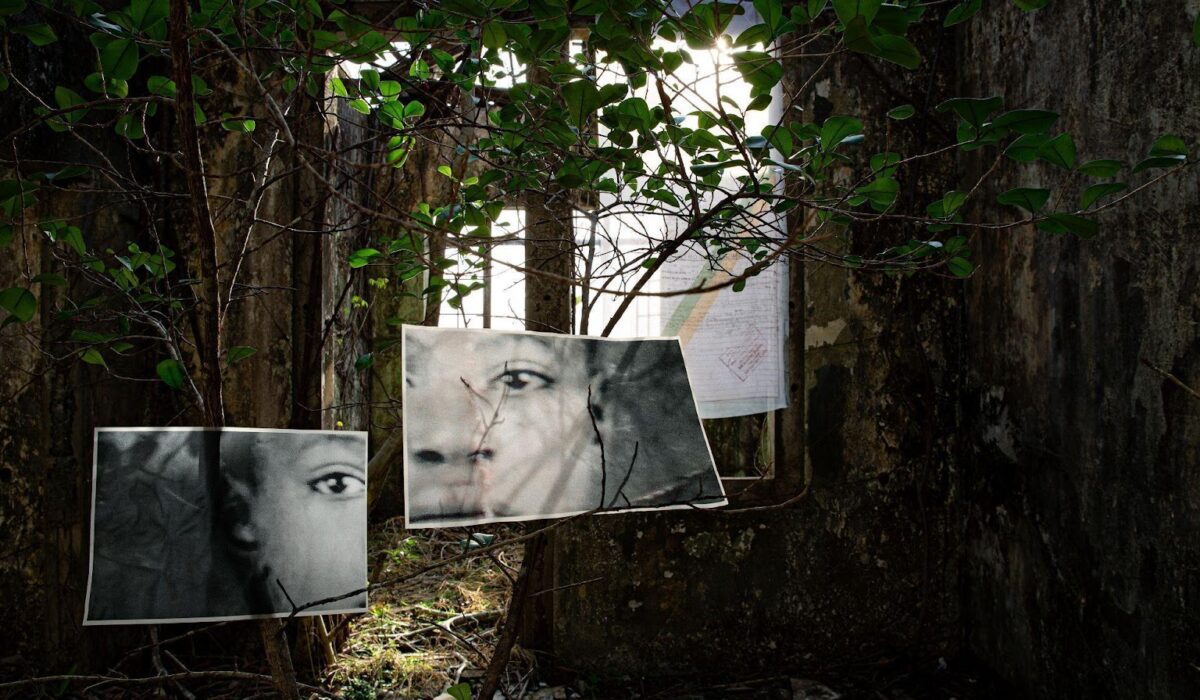
Perhaps, after less than two decades of the passing of the law that made mandatory the teaching of African history as well as Afro-Brazilian and indigenous cultures, we, the Brazilian people, need more information on this subject. Therefore, an exhibition supported by the content of the Afro-Brazilian imprint in the historical and artistic formation of the country fulfills a revealing role. It contributes in terms of broader social determinations and from an educational perspective, insofar as it opens a field of possibilities not only to visitors but also to the country as a whole.
In this way, the educational advisory sought, in short, to give way to the most elementary features of ethical and committed pedagogical action: to return to the roots and give back to the people in the form of art. Without aesthetics, there is no ethics; without ethics, there is no possible projection.
